Eating Healthy in College: Part 1

Whether you live in a dorm on campus or an apartment off campus, learning to cook and feed yourself nutritious meals can be one of the hardest parts of the college experience. It doesn’t have to be this way, though. These are my tips for saving time, space, and money without sacrificing nutrition.
Dinner Groups
I encourage college students to team up with their roommates to form a dinner group. If you eat at the cafeteria for every meal, eat together. This prevents overeating out of loneliness or simply because no one seems to be watching, and it makes for a more enjoyable dining experience. If you live in an apartment with a kitchen, take turns making meals several nights of the week. This will force you to learn how to cook, and you will be more likely to eat at least one balanced meal each day.
Saving Time
There are two keys to saving time when cooking for yourself:
1. Make a meal plan.
Even if you eat the same seven meals each week, make a plan for what those will be. Knowing what tomorrow’s meal is going to be will enable you to do simple food preparation the night before such as getting frozen foods out to defrost or doing a little chopping. This will save you time when you are rushing home after class to make a meal.
2. Create a shopping list.
Using your meal plan, make a list for your grocery shopping trips. Now, all the ingredients will be readily available when its time to assemble your meals. You won’t waste time rummaging around the kitchen or knocking on your neighbor’s door to ask for a teaspoon of parsley. Keep reading to learn more about choosing products at the grocery store.
Saving Space
Let’s talk about the challenge of limited space in your pantry, fridge, and freezer. Back when I was in college, stocking my food meant: fit as much food into the one cupboard and one shelf of the fridge and freezer assigned to me without crossing the imaginary line where my roommate’s food was assigned to sit.
Here is a stocked cupboard, with food items reasonable for a busy college student:
Here are all the items I fit onto two shelves and a door cubby (for the purpose of the photo), but you could probably squeeze this on one shelf of the fridge:
It would be wise to have more fruit and veggie mixes on hand, but there is limited space in the freezer when sharing with roommates.
Some produce like apples, bananas, citrus, tomatoes, and avocados don’t require immediate refrigeration and can stay out on the counter for up to a week.
Saving Money
Following is how I weigh the costs and quality of various foods at the grocery store:
Store Brands- Almost always, the store brand is less expensive and has the same quality.
Spices- The five most basic seasonings for simple meals are salt, pepper, parsley, garlic powder, and cumin.
Marinara Sauce- (Revised) Instead of purchasing prepared marinara sauce, add a teaspoon of parsley and a dash of garlic powder to a plain can of tomato sauce. You will save up to $1 per can, and eat less additives while you are at it.
Pasta- It’s cheap and filling. Whole grain pasta contains more nutrition than regular pasta, but it is a little coarse for the palate. Try mixing them together.
Cold Cereal- Generic cereals are a fraction of the cost of name brands. Choose a cereal with less than 6 grams of added sugar and has more than 2 grams dietary fiber per serving. It will keep you full until your next meal.
Energy Bars- Get more nutrition for your dollars by choosing energy bars instead of granola bars. Cliff Bars contain whole ingredients, and they taste pretty good.
Breads/Muffins- Unless you are cooking for a larger group, it costs less money per meal to buy a mix rather than all the ingredients to make muffins or breads.
Whole Wheat Pancake Mix- Kodiak Cakes are slightly more expensive than the typical white flour mixes, but they provide much more nutrition for your dollar. They are loaded with nourishing ingredients to fuel you until the next meal, and all you have to add is water!
Potatoes- Potatoes are an inexpensive whole food which provide potassium and fiber to your diet. They stay fresh in your cupboard for up to a month.
Honey- Use it instead of syrup and white sugar for a slightly more nutritious sweetener.
Oatmeal- Oatmeal is the least expensive and most nutritious breakfast you can make for yourself. It is full of fiber and “sticks to your ribs” much longer than plain cold cereal.
Brown rice- Rice is an inexpensive filler food. Brown rice has two more grams of dietary fiber per serving than white rice. Read more about brown vs. white rice.
Nuts- Nuts are cheap, nutritious, and simple sources of healthy fat and protein. Often, it’s most cost-effective to shop the bulk bins instead of individual packages.
Canned Beans- Canned beans are more expensive than cooking your own dry beans. However, the time factor outweighs the money factor with this one, because no college student I know has time to watch beans soften on the stove.
Stir-fry sauce- The healthiest stir fry sauces are homemade. However, they require several ingredients that just get tossed at the end of the semester when you leave for the summer. Reduce food and money waste by using pre-made sauces.
Salad mix- Rather than kits, save a few bucks and buy a bag of spring mix. Add your own vegetables and dressing to it, day by day.
Shredded cheese- While shredded cheese is a time-saver buying a block is usually less expensive. Also, use the sharp version because less cheese is needed for the same flavor. I bought feta cheese for the same reason.
Yogurt- You will save up to $2 when you buy a 32 oz. container of plain yogurt rather than five 6 oz. containers.
Salsa- I chose the name brand this time because the store brand had a bunch of added sugar in it.
Bread- Local brands are usually less expensive. Look for a bread with just 5 or 6 ingredients in it, and make sure it is made of 100% whole wheat.
Strawberry Fruit Spread- The natural version of jam is often the same price for less added sugar and preservatives. Score,
Natural Peanut Butter- Many brands of peanut butter add sugar, oils, and other preservatives. The disadvantage of natural peanut butter is that it requires mixing. But, for a food that you consume almost daily, it should be as whole and chemical-free as possible. Here’s a tip for mixing nut butters faster.
Frozen veggie mixes- Vegetables retain their nutrition when frozen, so when you want to eat smart veggie mixes are a quick fix.
Frozen chicken breasts- If you have a George Foreman grill, it is so easy grill a single chicken breast in less than 10 minutes, and they are less expensive than pre-cooked chicken.
Now, you might be saying to yourself: “That’s all good and nice, but what am I supposed to make with all these ingredients?” Read Eating Healthy in College: Part 2 for meal ideas and recipes.
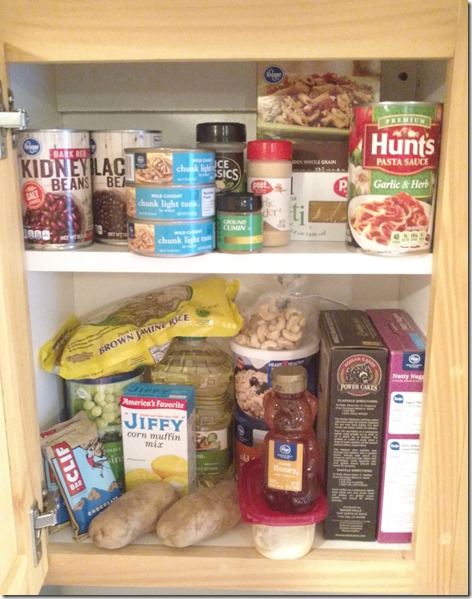
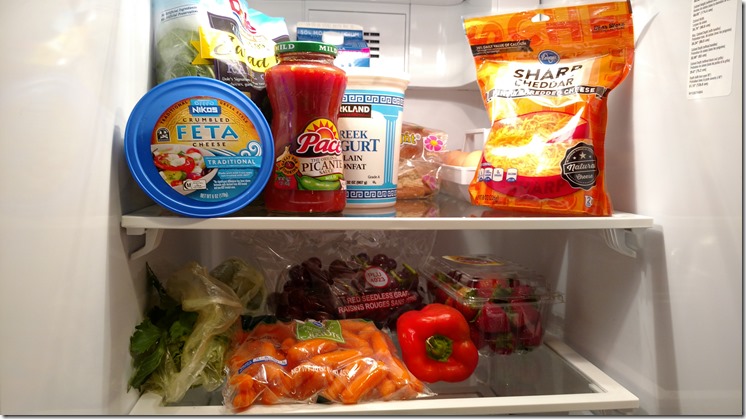
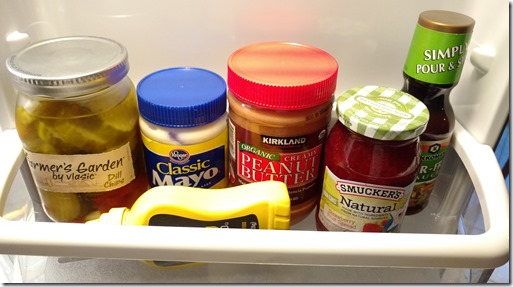
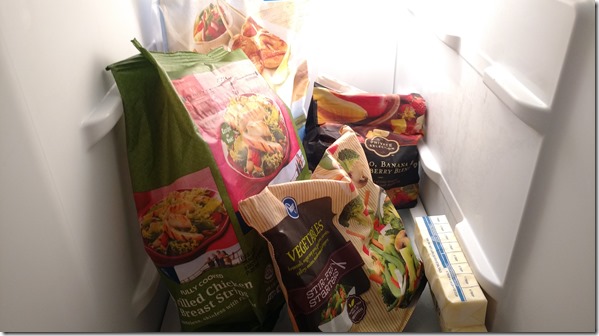
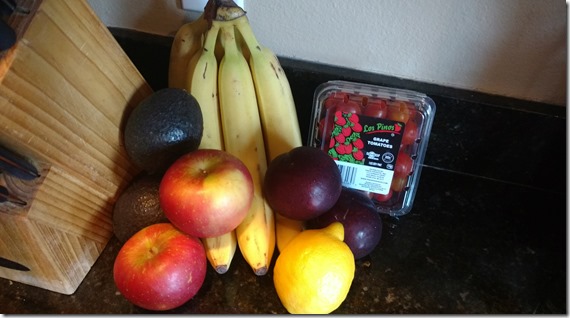

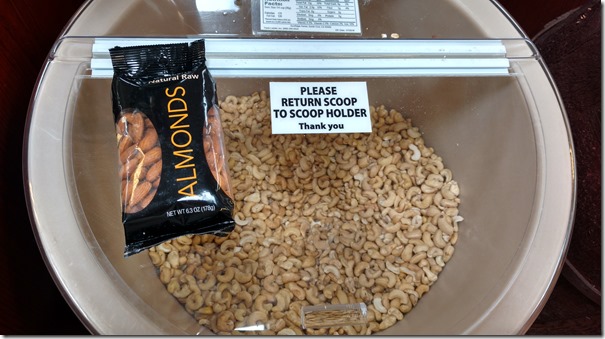
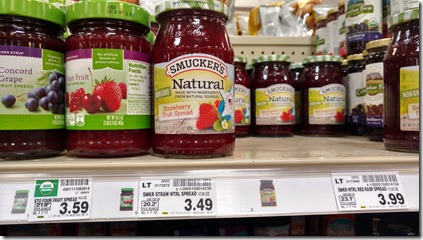

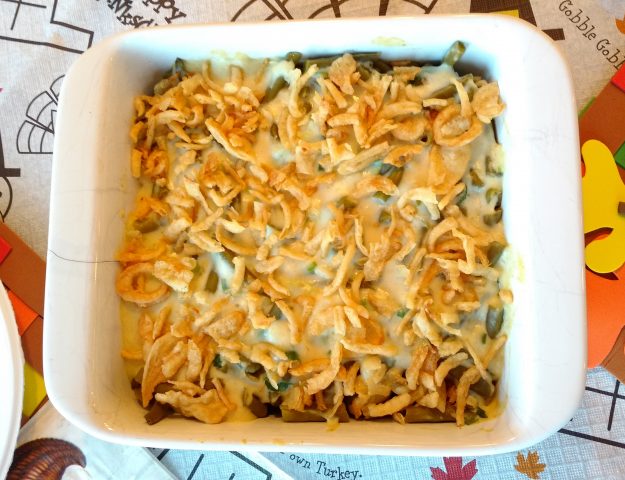
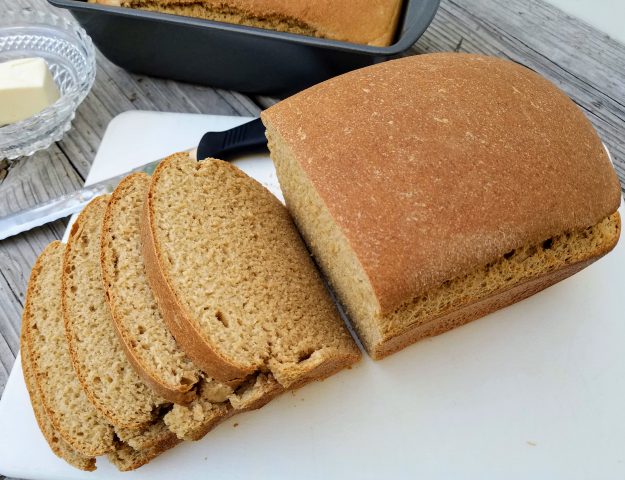
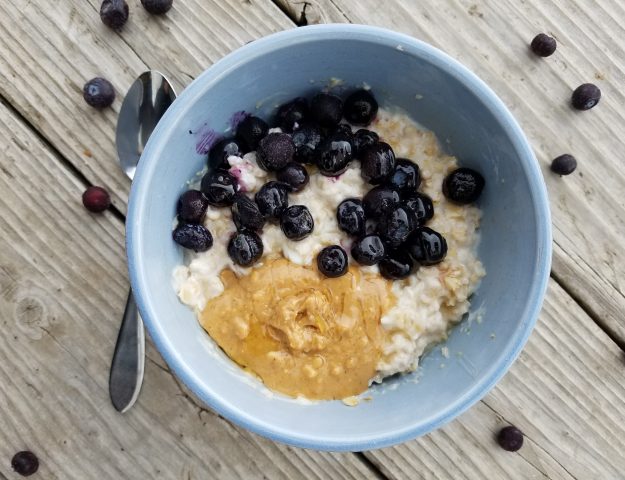
Coming right up, Kristi! In the meantime, rest assured that all the recipes I share are meals I feed my own family of four young children.
I love this!!!! Now if you’d just do one for a family of six! 😂 With young children including an infant, toddler, and two young grade schoolers. 🤗